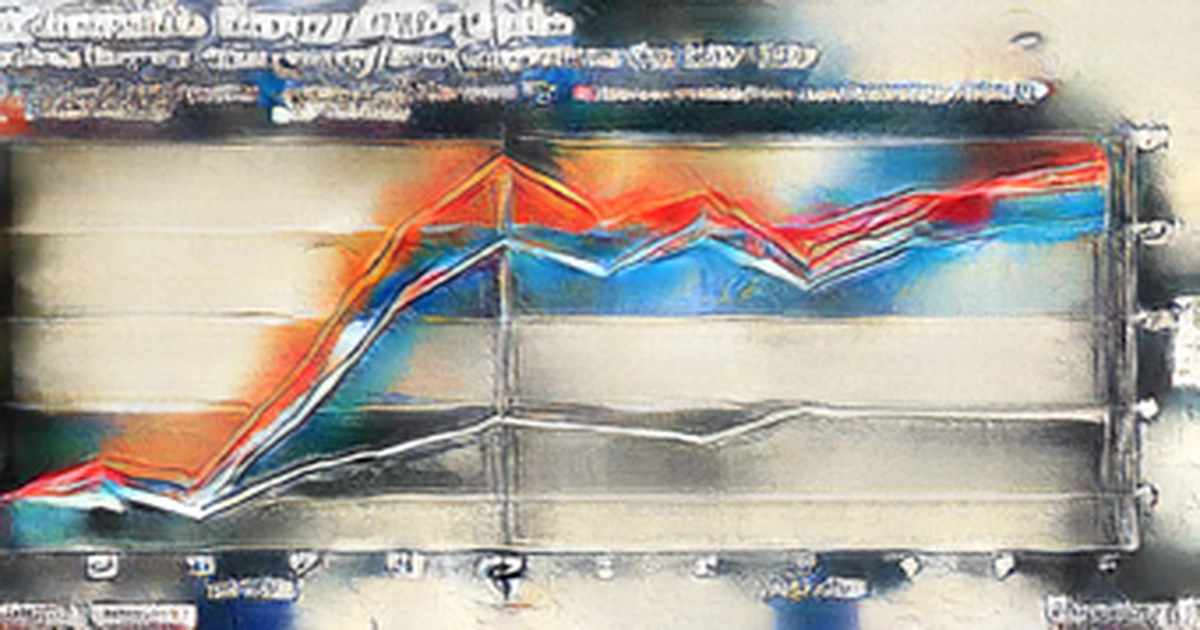
The landmark tax, climate and health-care bill made its way to Congress and has resulted in three biggest clean energy exchange-traded funds in the US based on assets surged.
The rally started towards the end of July when Senator Joe Manchin announced his support of the legislation and it picked up on Monday after the Senate passed the bill, which includes roughly $374 billion in climate and energy spending.
They have accelerated their performance and in some cases started to surpass the S&P 500 Index. Todd Sohn, an ETF strategist at Strategas Securities, said last week that the deal comes into play because there's a catalyst to get renewables out of this really difficult environment.
The three funds have overtaken the S&P 500 by almost 10 percentage points over the last two weeks and have also beaten the index in the last three months.
Over the last two years, clean energy stocks have been volatile, as some researchers strongly tie their performance to government policy fluctuations.
Among the stocks that benefit from the bill's passage are Enphase Energy Inc., a top holding of all three ETFs, rose over 30% and Plug Power Inc., a holding of QCLN and ICLN, which has gone up by over 46% in the last two weeks. Green stocks both in the US and internationally are expected to move as a result of the deal's potential tax credits and subsidies.
Jessica Rabe, co-founder of DataTrek Research, said last week after Manchin's approval of the deal that this political tailwind should continue to be a positive catalyst for these names in the near-term. Policy uncertainty contributes to the volatility and is unlikely to change over the next few years, so it is important to remember that Republicans are expected to take back control of Congress this fall. The Clean EnergyETFs still have a long way to reach last year's high in early 2021, which took place as Joe Biden was elected president and the Democratic Party took control of Congress, signifying that there could be larger investments in clean energy.
Over the last two weeks, the flows have slowed, with investors withdrawing more than $420 million among the three funds this year, as higher interest rates dulled the shine of many growth stocks that make up ICLN, TAN and QCLN.
They have been left out of the picture, Sohn said. There is a lot of room to get more aggressive in terms of inflows going forward. No Stagflation Puts Stamp on Earnings of US Consumer Giants.
